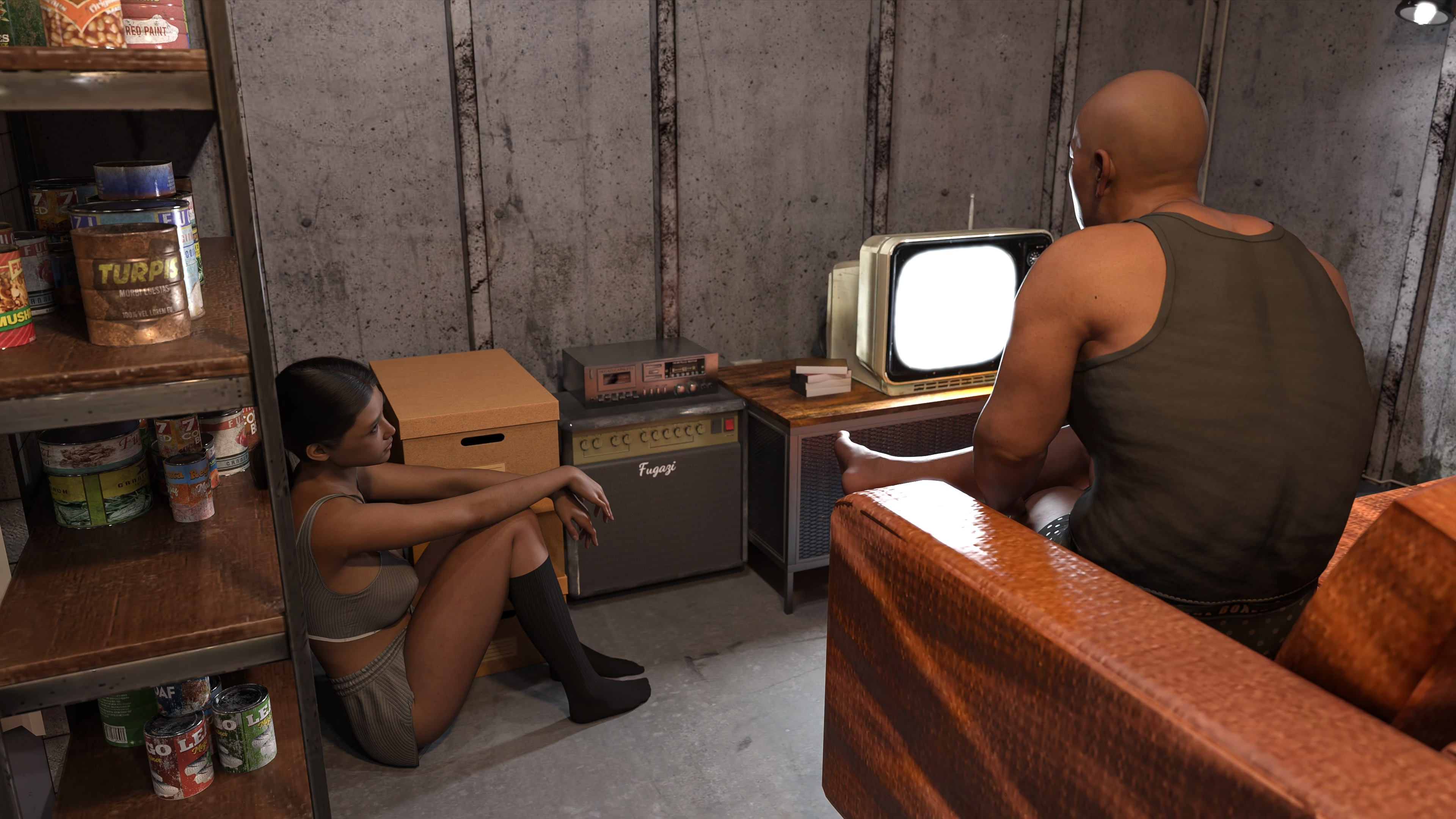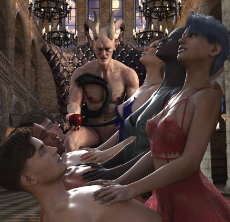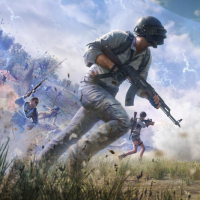In the Noise of Silence is a haunting romantic thriller where two strangers trapped in a crumbling bunker must confront love, fear, and their darkest desires. With time running out and trust eroding, will survival demand sacrifice—or can fragile bonds defy the apocalypse?
1. The Collapse of the World, The Rise of Tensions
a. Trapped in a suffocating concrete shelter, players experience the claustrophobic dread of limited resources: decaying food, dwindling oxygen, and a radio broadcasting static-laced warnings of external horrors.
b. A ticking countdown forces players to grapple with existential choices—prioritize repairs, ration supplies, or confront the growing emotional rift between the characters.
c. Subtle audio cues (groaning metal, distant screams) heighten tension, hinting that the "safety" of the bunker is an illusion, and survival might demand unimaginable costs.
2. A Dance of Shadows and Desires
a. Unravel layered relationships: initial dependence shifts into toxic dependency as characters oscillate between vulnerability and manipulation, asking, “Would they save you… or just use you?”
b. Moral dilemmas surface in dialogue choices: lie about dwindling resources to keep peace, risk betrayal to hoard supplies, or confess secrets that could deepen trust or shatter it.
c. Uncover hidden backstories—both characters carry past traumas (a lost lover, a doomed family) that resurface during confrontations, forcing players to question: Is this attraction or desperation?
3. Choices That Echo Forever
a. Every decision impacts mood and relationships: harsh words trigger guilt, acts of kindness rebuild connection, while selfish choices fracture bonds irreparably.
b. Moral ambiguity defines the narrative—saving one person might condemn the other, and “heroic” choices could lead to unintended consequences (e.g., provoking violence, triggering paranoia).
c. Environmental interactions matter: repairing the radio reveals cryptic broadcasts, searching locked drawers finds journals with explosive revelations, or ignoring warnings risks catastrophic collapse.
4. Endings as Mirrors of the Soul
a. Multiple endings reflect the cost of choices: a tragic union in death, a betrayal that offers fleeting survival, or a desperate pact with the world’s unseen threats.
b. Ambiguity lingers—does the “happy” ending (if achievable) ignore the apocalypse’s lingering danger? Or does the bleak conclusion hint at hope in another timeline?
c. Replay value lies in exploring contradictions: Can love triumph over survival instinct? Is fear the true monster, or just the catalyst?





















Preview: